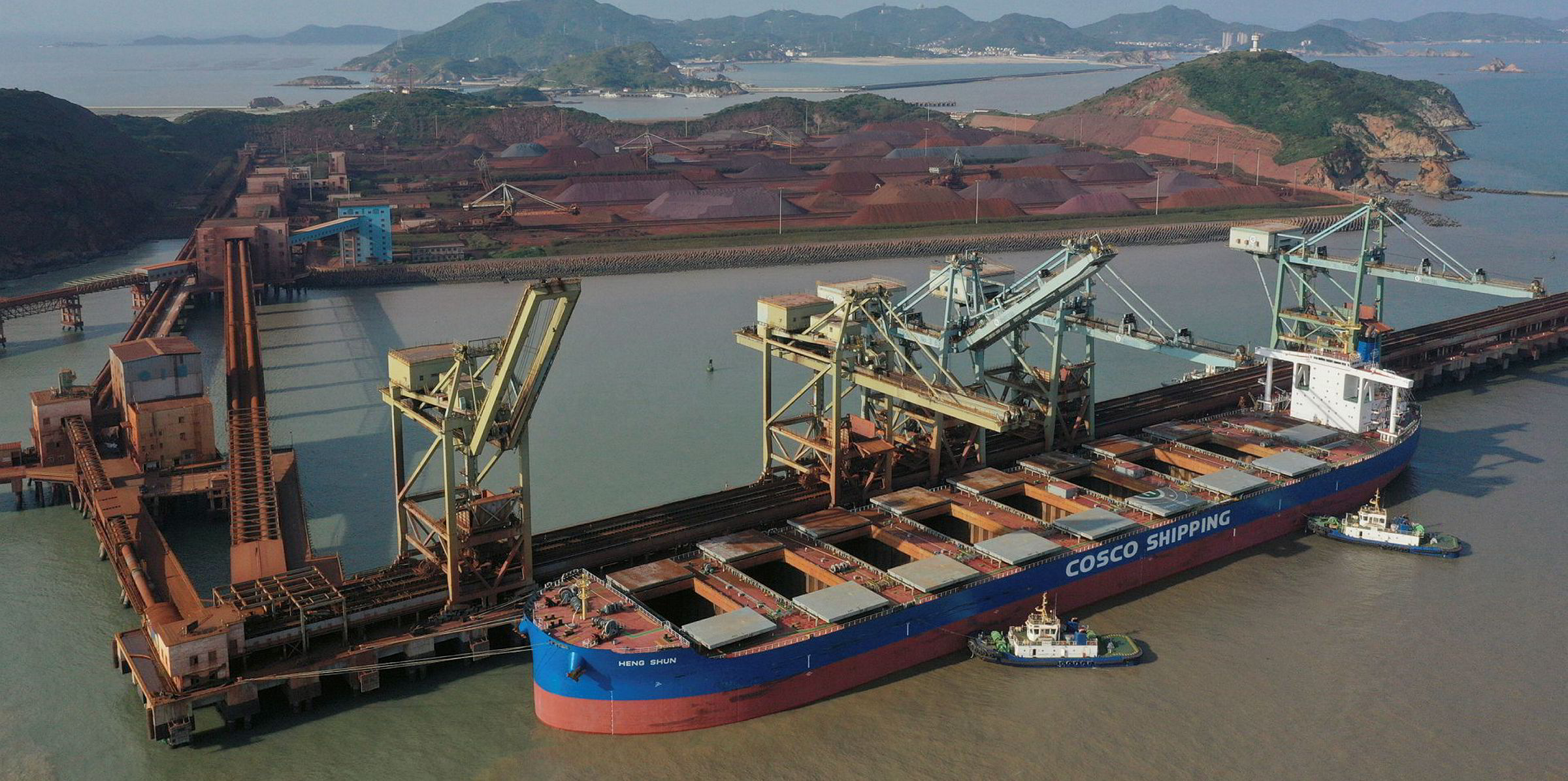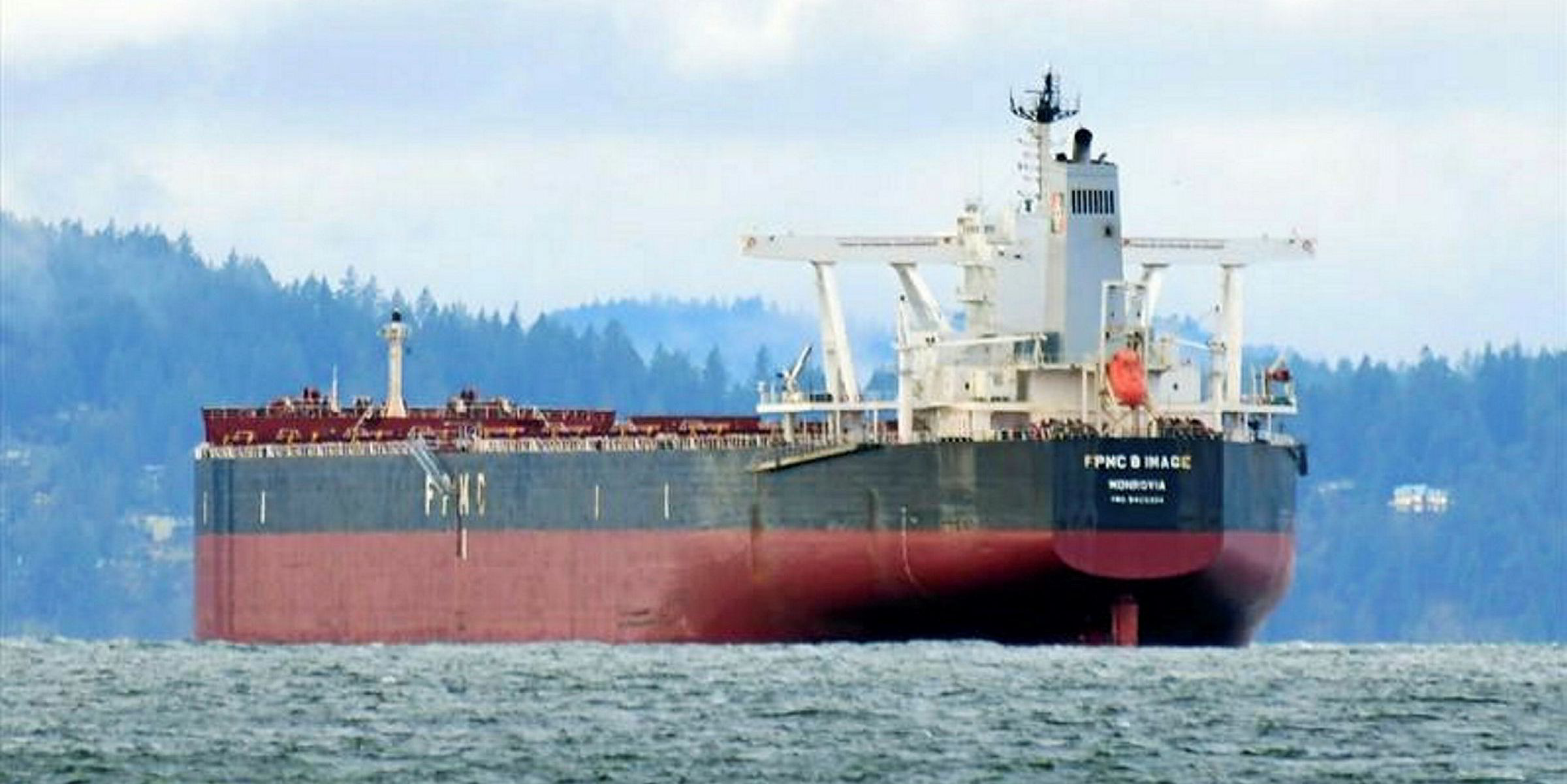It was good while it lasted, but the summer of love for the dry bulk sector is well and truly over. It could be a chillier winter ahead and the prospects for 2020 are uncertain — not least because of potential disruption due to new fuel regulations.
Things are generally looking better, but the supply and demand picture is clouded by the volume of new vessels continuing to enter the market while scrapping levels remain low.
Certainly freight rates across the sector have crashed by almost a half in recent weeks as markets wobbled around the globe.
Bulker benchmark
The Baltic Dry Index (BDI) was back at 1,370 points this week, after hitting 2,500 as recently as early September. That first week of autumn was the height of a mini-boom that burned so hot a month before.
A constellation of problems have been blamed on the latest slump but, really, the dip could have been anticipated.
It was the summer party that was more out of keeping, as a host of issues caused a dramatic shortage of available tonnage and freight rates soared.
One wild card
This is a feature of the dry bulk sector. One wild card on the freight rate upside in August was the unexpectedly large amount of tonnage taken out of service at one time to prepare for the 2020 IMO sulphur fuel directive.
The shipyards took on too much at one time, causing logjams in the delivery and fitting of scrubbers and other pieces of equipment.
Let us remember that 2019 began with a brace of quite different problems the other way, which pushed the BDI well below 700 points.
One unexpected feature of that was the Brazilian dam disaster in Brumadinho on 25 January, which forced iron ore shipments by Vale to come to a halt. Cleaves Securities described the share price of dry bulk operators at that time as being “slaughtered”.

The current downturn has partly been caused by another wild card: the man in the White House. US President Donald Trump’s trade war with China has cut economic activity and undermined wider investment confidence.
This row — triggered by the scale of the US current account deficit — is held responsible for China growing by a mere 6% in the three months to 30 September.
US-China trade
That is the weakest increase since the world’s second-largest economy started reporting quarterly data in 1993.
And it was a key reason why the International Monetary Fund recently cut its global economic growth forecast for 2019 from 3.2% to 3%.
Financial markets blipped back upwards last week on the back of signals that Trump and his counterpart Xi Jinping were close to an agreement on trade issues.
The current downturn has partly been caused by another wild card: the man in the White House. US President Donald Trump’s trade war with China has cut economic activity and undermined wider investment confidence
But Trump used his preferred media platform of Twitter to deny there was any agreement with China to halt new punitive tariff increases being implemented.
I tend to believe the view expressed at the weekend by former Chinese finance minister, Lou Jiwei.
He said a deal would surely be secured with the US but wider conflicts between the two competing superpowers would continue.
That means dry bulk shippers will just have to get used to ongoing uncertainty around trade between the two countries.
Certainly plunging soybean exports from the US to China as a result of the dispute has badly damaged the larger end of the dry bulk sector.
Panamax vessels have seen freight rates fall by a quarter in recent weeks, with South America unable to pick up the slack on soybean shipments.
A temporary ban on nickel ore exports by Indonesia has not helped, leaving larger ships reliant on a hoped-for rise in Beijing-based coal and iron ore imports for momentum to the end of the year.
Falling to earth
The smaller capesize sector, where spot prices hit nine-year highs at one stage this year on the back of a shortage of iron ore carriers from Brazil, has also been brought down to earth.
There are optimists around such as Khalid Hashim of Precious Shipping, who is convinced the markets are on a longer-term markets cycle.
And Genco Shipping & Trading has warmed the hearts of its investors by paying a special dividend and restarting quarterly payouts.
There are some analysts who believe some quoted dry bulk operators have had their shares marked down too hard.
It remains a tough environment and significant advances may yet be slow to emerge, but there is light at the end of the tunnel — even if it’s not as bright as the summer fireworks.





